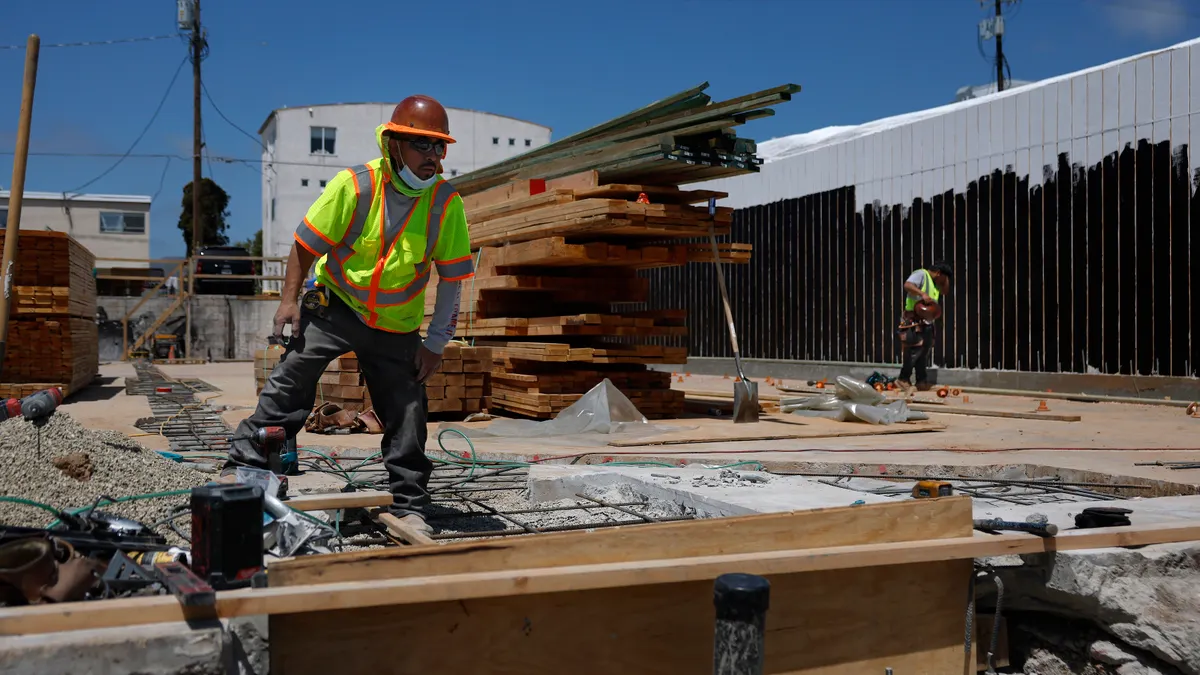Editor's Note: The following is a guest post from Casey Talon, research director at Navigant Research.
There is a dramatic uptick in the focus on the climate emergency by corporations worldwide. While national and regional climate policy is defined in some geographies, the topic is politicized, and action is fragmented in the U.S.
Despite this fragmented landscape, 2020 will be the inflection point for decarbonization of buildings charioted by the business-relevant and economically viable intelligent building solutions market. The transformation to a smart building is only the foundation for more wide-reaching and impactful opportunities for corporate and commercial real estate.
Corporate leaders face a host of pressures to implement wide-reaching sustainability initiatives. Employees, students, and customers are more discerning of companies’ dedication to sustainability than ever, and they use it as a factor when making spending decisions. Investors are becoming more conscious of sustainability, divesting from carbon emissions-intensive companies and investing in organizations with lower carbon footprints.
The economics of building ownership are changing in the era of digital transformation and climate change. Building-to-Grid (B2G) is an emerging platform that supports digital facilities and homes that are ready for the future, optimizing energy consumption, comfort and experience. Data is the new layer of value creation stemming from investment in digital technologies that appeal to the demands of occupants and executives. These top-down and bottom-up pressures are driving investment in intelligent building solutions that will enable new B2G ventures.
Looking forward, there are three major industry trends for intelligent buildings that will change the trajectory for market development. These trends indicate that the intelligent buildings market will see greater investment across verticals and regions in 2020.
1. Intelligent building investment will be a priority for addressing the climate crisis
In 2020, pragmatic investments will become cornerstone as market leaders break ground on their decade-long journey toward 2030 targets. Despite COP25 falling flat and Washington, DC sitting at a standstill, corporations and local governments are making major strides in policy development. The message is shifting from climate change to climate emergency, and there is a newfound focus on action.
Energy efficiency is a low-cost pathway for emissions reductions, but the headline-grabbing opportunities of renewable energy and offsetting corporate greenhouse gas footprints has dominated the mindshare for the last few years. In 2020, energy efficiency will become a winning proposition when partnered with intelligent building strategy. The reason is two-sided:
- Intelligent buildings have major brand benefits, as real estate owners can differentiate their assets as best-in-class, occupant-centric spaces. The technology delivers comfort, customization and amenities aimed at enhancing productivity (think space utilization, way-finding, and tailored lighting and heating conditions). The experience is all made possible by the same stack of automation, controls, analytics and services that optimize major energy consuming systems in the buildings to deliver efficiencies for building owners.
- The real time insight of intelligent building analytics becomes a key piece of the enterprise-wide efforts on sustainability and addressing the climate emergency by monitoring energy use and tracking reductions over time toward 2030 targets.
2. The master systems integrator business will bolster market leadership
The intelligent buildings market continues to grow and showcase investments by Fortune 100 leaders, which drives customer awareness and demand down market. The use cases are aligned with core customer pain points across verticals, from healthy schools to efficient healthcare staff to seamless omnichannel shopping experiences.
So, why are there so many dumb buildings? Successful transformation into an intelligent building is contingent on the convergence of IT and OT. This is a difficult process, and the biggest challenge is not technical, but human capital.
For decades, the decision-making, budgets, and knowledge of IT and OT (in building management think boilers, chillers, lighting, or elevators) have run in isolation. Investment decisions for OT were considered tactical and owned by mid-senior-level facilities management or engineering staff. In the intelligent building construct, successful investment in these equipment decisions is no longer independent but part of a cohesive strategy to integrate with controls, automation and sensing that will drive their operations according to insights derived from analytics.
The value propositions of intelligent building investments are aligned with executive priorities, their use impacts corporate financial, sustainability and experience; therefore, facilities management and real estate decisions are strategic and directly tied to the financial well being of corporations more than ever before.
3. The PropTech wave will show an infusion of funding
PropTech is the category of digital technologies designed to buy, sell and manage real estate. That last bit, manage, is important. The venture capital community has made PropTech one of the largest targets for funding with estimates of near $20 billion in 2020.
As the intelligent building market matures, solutions that best showcase strategic business benefits via the excellent management of real estate will win. The market is still extremely fragmented and there are many small players vying for the customer dollar, and maybe more importantly, the venture capital community’s attention. Those that showcase their IT prowess and broad real estate value will reap the benefits of investors in 2020.
These three predictions are complementary; they characterize the pressures driving growth in demand and highlight opportunities for intelligent building solutions providers to deepen relationships with potential customers and bolster their financial well-being. The bottom line is the built environment will benefit from digital technologies along many dimensions and 2020 will see greater investment across verticals and regions to bring business improvement and help tackle climate change.

















